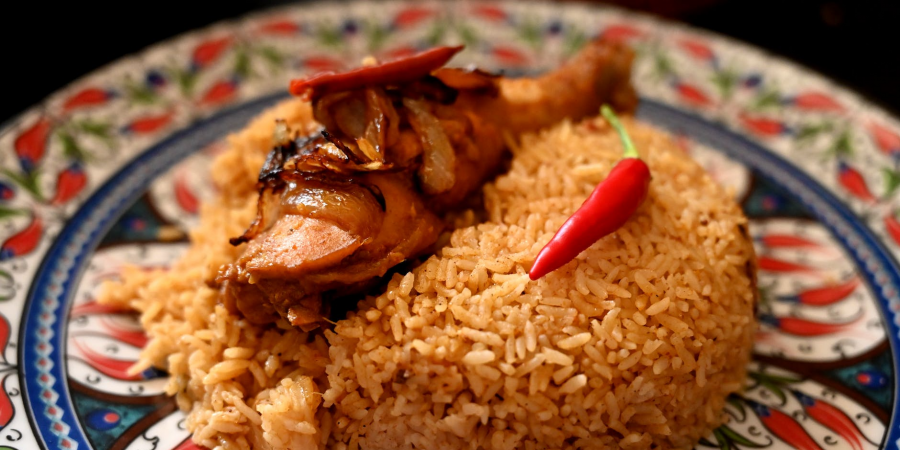

Hello dear bloggers!!
There just isn't much to say about the timeless classic of biryani. India has a wide variety of food options, but everyone in the country agrees that the delectable biryani is their favorite dish. One is spoiled for choice when it comes to tasting this melting pot of flavors because local and hyperlocal variations have developed into unique varieties of biryanis.
Take it a notch and entice your palate even further with the tale of what makes biryani so exceptional if you are an absolute devotee of this mouthwatering cuisine.
Even while it can seem like an Indian cuisine, its origins are actually pretty distant. The Persian words for rice, "birinj," and "fried before cooking," respectively, are the roots of the Persian term for biryani. Although there are several ideas as to how biryani got to India, it is widely agreed upon that it started in West Asia.
According to one narrative, the biryani's ancestor was carried to India's borders by Timur, the Turk-Mongol conqueror, in 1398. A hot pit was used to bury an earthen pot filled with rice, spices, and any available meats. The pot would later be raised up and given to the soldiers, which is thought to have been Timur's army's wartime meal.
According to a different tradition, Arab traders who visited the southern Malabar coast of India often brought the dish with them. As early as the second century A.D., references to the rice dish Oon Soru may be found in Tamil literature. Oon Soru was reportedly used to feed military soldiers and consisted of rice, ghee, pork, turmeric, coriander, pepper, and bay leaf.
There's also another story.
Mumtaz is reported to have observed the Mughal soldiers in the army barracks to be malnourished and frail. To ensure that the soldiers were getting a balanced diet, she ordered the chef to create a special meal that would blend rice and meat. Naturally, the result was biryani! To give rice a nutty flavor and keep it from clumping, rice was fried in ghee without being washed at the time. It was cooked over a wood fire after meat, saffron, and aromatic spices were added.
Notable for their recognition of the delicate intricacies of biryani were the Nizams of Hyderabad and the Nawabs of Lucknow. Their chefs were well-known around the world for their specialties. These kings were also in charge of popularizing their signature biryani dishes across the nation, along with delectable side dishes like baghare baingan, dhanshak, and mirchi ka salan.
A honed method and precisely calculated components are necessary for the ideal biryani. Traditionally, biryani was prepared using the dum pukht technique, or slow breathing oven in Persian. Using this technique, the ingredients are put into a pot and cooked slowly over charcoal, occasionally from the top as well, to let the steam or dum do its magic. With the dough sealed around the borders, the steaming meat flavoring the rice and tenderizing in its own juices is allowed.
A good biryani requires more than just technique; some recipes ask for using very little or no spice, while others call for using over 15 different types. Although fish, prawns, and crabs are also included in some coastal variants, meat or chicken is typically the primary ingredient. Since the Middle Ages, biryani has frequently included rose water, delicious edible ittar, and kewra water.#biryani
FOR A BIRYANI LOVER LIKE ME, LIFE IS AN ENDLESS QUEST FOR THE MOST TANTALIZING BIRYANI EXPERIENCE.
THANK YOU GUYS FOR READING!!!
